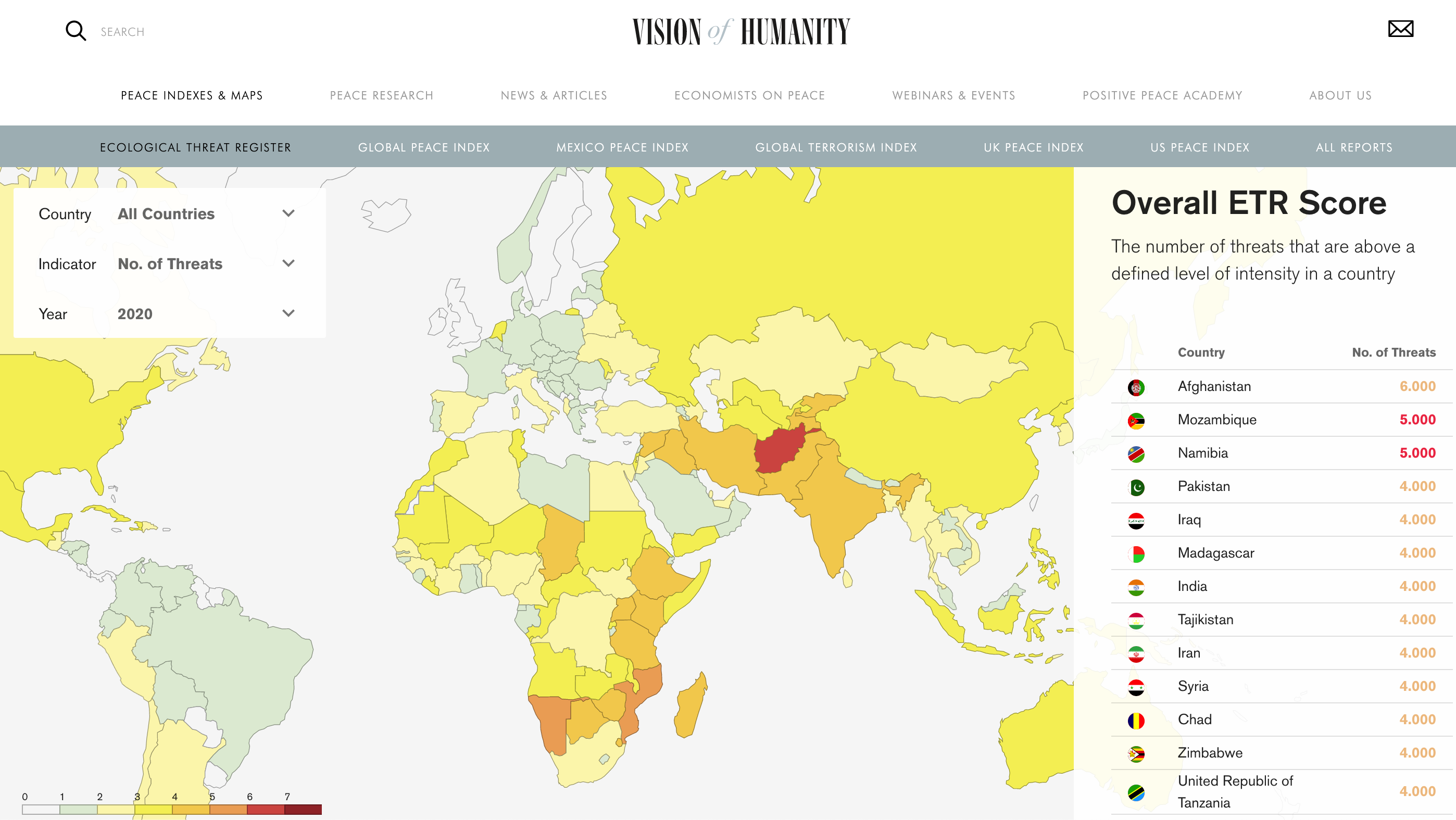In an article by How Stuff Works, the author pointed out that 1 billion people may become climate refugees by 2050. Due to the area I live in, I know that I could be in that number, which is a bit daunting. However, moving isn’t a decent option for many of those billions who can’t really afford to just up & move. Not everyone has access to that luxury. Also, many people have spent the majority of their lives in their hometowns.
The article theorized what could happen if all the glaciers and ice caps melted. Global sea level would rise around 230 feet, and this would flood pretty much every coastal city around the world. Where would you go if a flood devastated your city? What would you do if, right now, as you’re reading this, your governor put out an evacuation order for your area? You have less than four hours to secure a safe place to stay, and to pack up your family, pets, and enough clothes to survive for a least a week. If you’re fortunate, you have a car. If you’re like me and don’t own a vehicle, you may be stuck unless you have friends who can take you and your pet along with them.
Millions around the world have already been forced to answer that question and make those plans. This is not a hypothetical for them. Just in 2017 alone, 68.5 million people were displaced. This is more than at any point in human history, according to the Brookings Institute. Over one-third of that number were forced to move due to sudden weather events that included floods, fires, and intense storms.

The article goes on to point out that more than one billion people around the world will be living in countries with insufficient infrastructure to withstand climate change by 2050. This information comes from Vision of Humanity, which states that over one billion people live in 31 countries that are unlikely to have the resilience to survive the impacts of climate change by 2050. And 5 billion people could suffer from food insecurity by 2050 — this is an increase of 1.5 billion people from the 3.5 billion who suffer from food insecurity today. By 2040, around 5.4 billion people, which is more than half of the world’s projected population, will be living in the 59 countries experiencing high or extreme water stress. This includes India and China.
The Ecological Threat Register looks at risk from population growth, water stress, food insecurity, droughts, floods, rising temperatures, and rising sea levels and found that the next 30 years are going to be pretty rough for humanity. The 19 countries with the highest number of threats and have a combined population of 2.1 billion people, or 27% of the world’s total population. Read that slowly, one more time:
27% of the world’s population are people living in countries that are facing the highest number of threats from the impacts of climate change.
The most common natural disaster since 1990, which represents 42% of recorded natural disasters, is flooding. In China, its largest event was the 2010 round of floods and landslides. This led to 15.2 million displaced people. Flooding, according to Vision of Humanity, is also the most common natural disaster in Europe and accounts for 35% of recorded disasters. It’s expected to rise.
Thousands of years ago, many countries and ancient texts recorded an event called The Great Flood. Many consider this to be a myth, but Dr. Robert Ballard, an underwater archaeologist, shared evidence that this flood actually happened. Now, I’m not about to dive into that can of worms (although, I am a documentary junkie), but I wanted to stress the special threat of flooding to end this piece.
In that article, Dr. Ballard spoke of the ice that used to be a mile above his house. “Where I live in Connecticut was ice a mile above my house, all the way back to the North Pole, about 15 million kilometers, that’s a big ice cube. But then it started to melt. We’re talking about the floods of our living history.”
It’s only going to continue to melt as temperatures get warmer. We’ve already seen record heatwaves in Siberia and Antarctica bring ice melting into the news like never before. When more of these glaciers and ice caps melt, the water has to go somewhere — and that somewhere could be the living rooms of over a billion people.